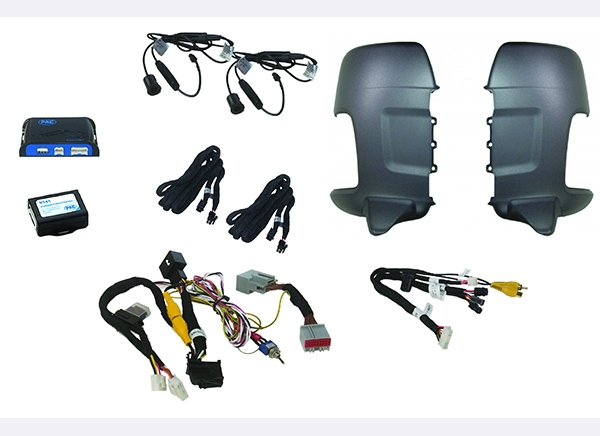Wear Plates and How They Are Used
As a maintenance engineer, you may be tasked with prolonging the life of the company’s equipment. You may perform all of the regular maintenance tasks you’ve had the training to do, but even then, it may not be enough. You may be replacing important parts too often, and this can become a problem, especially for expensive industrial equipment. There is an alternative and it comes in the form of a chromium carbide wear plate.
Basic Manufacturing and Industrial Maintenance
Manufacturing equipment requires certain care and maintenance, otherwise, the company cannot meet customer demands, meet product manufacturing quantities or maintain budgeting requirements. Maintaining these expensive and complex machines is a critical factor in the success of the industrial or manufacturing plant processes. To meet these requirements, manufacturing maintenance engineers perform many processes. These activities include testing, lubricating machines, inspecting regularly and following usage recommendations. Even so, there are sometimes problems that go beyond machine usage training, or inspections for wear and tear. There are machines that need more protection. This is especially true of machines that use friction, where parts come into contact with each other. In these situations, the use of a wear plate can be the solution.
What is a Wear Plate?
A wear plate protects certain types of machines from experiencing severe abrasions and friction. Industrial maintenance professionals use these products frequently for machines in the milling, cement making, papermaking, mining, chemical, material handling, and agricultural industries. A wear plate is made of abrasion resistant steel and used to prevent friction between parts or materials. In essence, this plate prevents part degradation and extends the lifespan of the machine. A wear plate is an expendable product that prevents excessive wear and can be easily replaced when necessary.
The plate bolts onto a machine that slides or rotates where parts, minerals, or agricultural products constantly rub against the surface. A wear plate is abrasion resistant and extremely durable against the harsh conditions of industrial machine use.
Where Are Wear Plates Used?
Companies that have equipment with components that slide against each other, move at high speeds, use harsh chemicals, or impact other parts at high speeds see excessive wear to these machines in a short amount of time. The solution to preventing this wear and tear is to use wear plates. Examples of the type of companies that use wear plates are steel mills, pipe mills, aluminum mills, chemical companies, mining companies, etc.
Types of Wear Plates
There are different types of plates and liners on the market. Manufacturers create them using different types of materials. The type of plate you use depends on the machine and the product you use.
How to Use Wear Plates
Wear plates, also known as liners, prevent damage to machinery which can come from impact or abrasions. A few machines that might use wear plates are: crushers, casting machines, shredders, steel mills, heavy earth moving equipment, aluminum mills, mining tools, punch press equipment, chippers, and choppers.
The Materials Used in Wear Plates
Wear plates are manufactured of different types of steel made in different grades. However, they can also be produced from flame hardened steel grades such as 1045 or 4140. Plates are designed to bolt and unbolt from the equipment. This allows you to replace them with another plate when needed.
Ordering Wear Plates
When you need wear plates, understand your needs first. Important considerations to think about include the hardness of the plate and the intent of the liner. The harder plates are appropriate for conditions and machines that complete harsh processes. Another consideration to think about is durability. As a general rule, the harder a plate is, the longer it lasts. For some machines, you may need softer materials. Before purchasing a plate, consult with the machine manufacturer to get recommendations.
In some cases, you may need to make modifications to the machine where you are incorporating the liner plates, especially when the liners are not in the original equipment specifications. If equipment has lost some of its performance and does not hold the same tolerance as new equipment, inspect the worn parts to see if a wear plate can protect the parts and offer a cost-effective fix to the problem.





